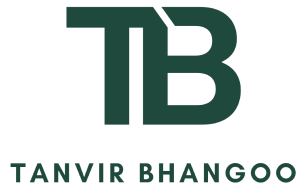With Q1 well underway, businesses are now deep into executing their 2025 plans. For many CEOs and Boards, the priority this year is clear: reducing time to market and accelerating revenue generation.
What Does Accelerating Time to Revenue Mean?
From conversations with executives, there are various ways to define this:
- Closing more deals.
- Increasing deal pipeline.
- Bringing revenue live faster.
- Reducing the time to launch a new product or service.
- Hiring more salespeople.
Broadly, these can be categorized into two key goals:
- Reducing how long it takes to generate revenue.
- Generating higher revenue within the same time frame.
For example, an enterprise SaaS company could either shorten its deal cycle (from discovery to contract) or close more deals within the same time frame. Both require different strategies, contingent on internal factors, growth trajectory, financials, and macro conditions.
Why Many Companies Struggle to Accelerate Revenue
Unfortunately, the success rate for mid-to-large-sized SaaS/tech companies hitting accelerated plans is strikingly low—only about 20% achieve their targets.
Why? The root cause is a failure to execute effectively in the set direction.
This does not mean you throw more resources at your problem, have a few offsites to align your teams, and track OKRs, in an effort to better execute.
This is where companies will typically spend 80% of the time, but only see 20% of the impact.
The Weight Loss Analogy: Execution Beyond the Obvious
After my last college football game, I lost 80 lbs in 6 months.
People often asked about my workout routine—the visible part of the transformation. I.e. “What was your workout routine? Do you lift weights or run on the treadmill? How many times did you do abs a week?”
Looking back, the interesting thing was that no one asked how I stayed on track, or why I chose certain types of workouts, or how much my diet changed. Most questions were always about the most visible aspect. weight loss = workout.
However, the real success came from the unglamorous foundational work:
- Building a detailed plan
- Adjusting nutrition and implementing intermittent fasting
- Creating a workout strategy tailored to my goals
- Preparing for plateaus with contingency plans
- Adding buffers and off days
Similarly, in business, focusing solely on visible tasks (or often glorified) like meetings, board updates, and project management misses the bigger picture.
80% of the impact actually depends on:
- Identifying the right problems to solve (many get this wrong)
- Laying the groundwork to solve them effectively

 Accelerating Time to Revenue in 2025 (Part 1): Why Most Fail
Accelerating Time to Revenue in 2025 (Part 1): Why Most Fail